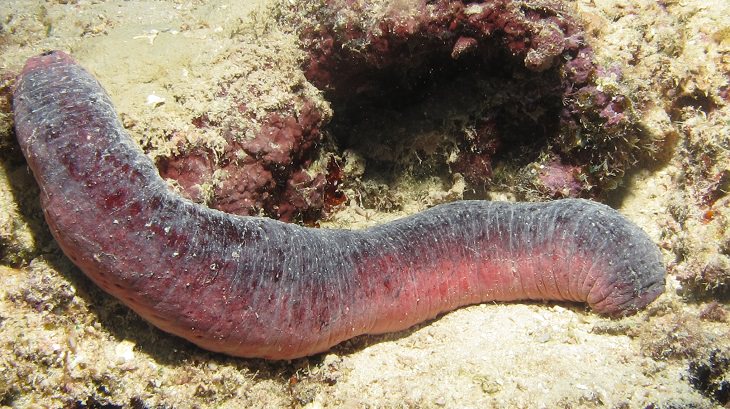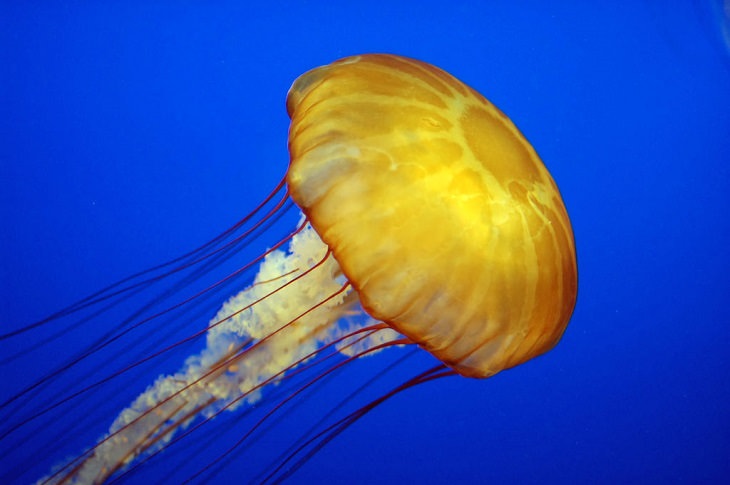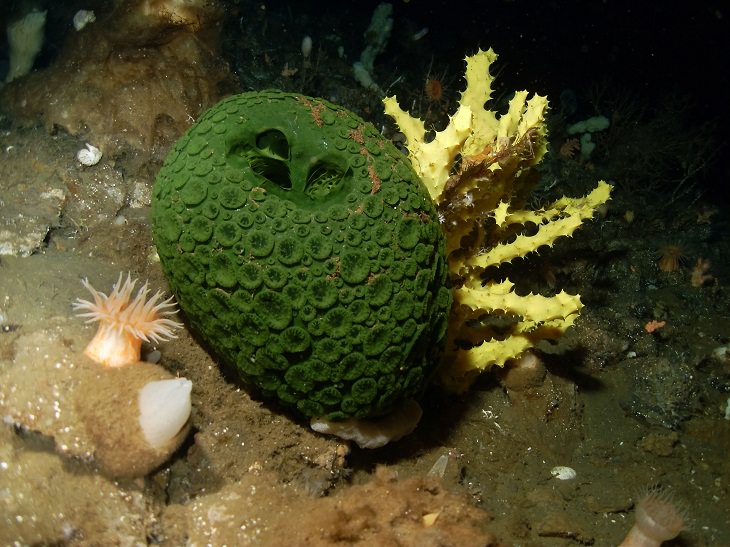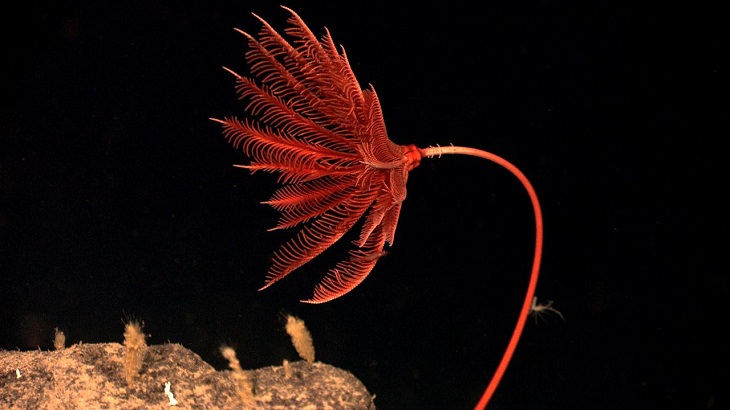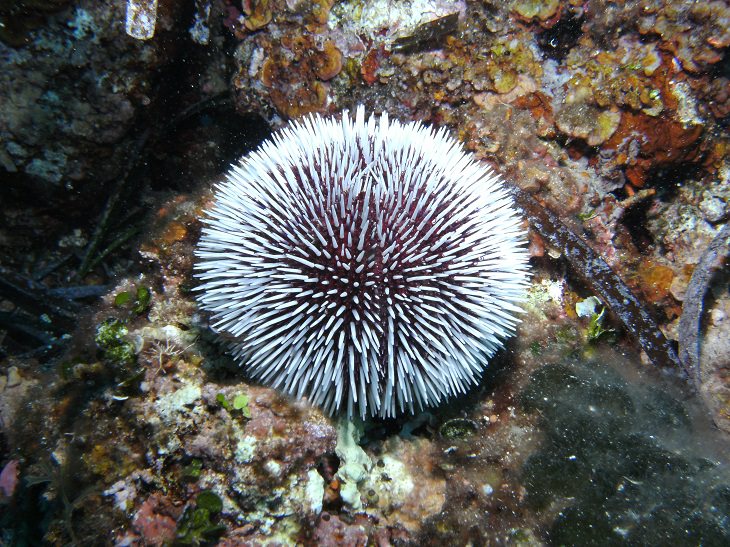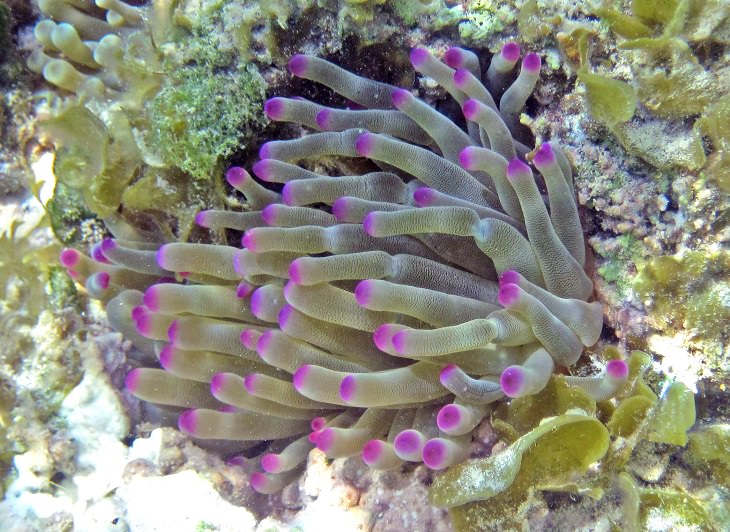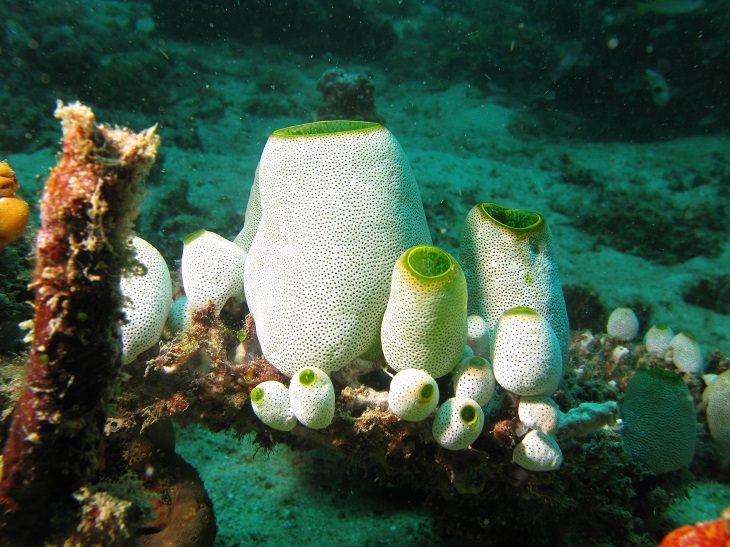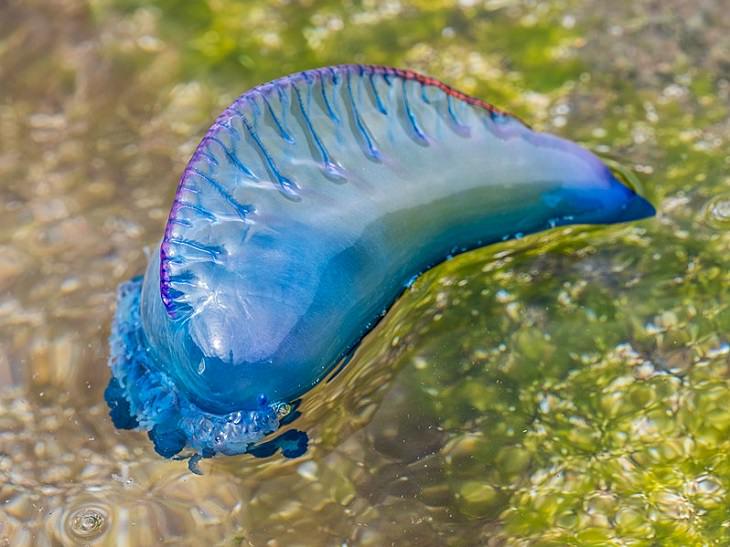1. Sea Star
Even though they don’t possess a brain or ganglia, sea stars do have some sense of sight, smell, and touch. Each of their arms can sense the world around it. When one of the arms smells something good to eat, it cuts off power to the other arms and starts pulling the entire creature towards the food source.
2. Sea Cucumber
Sea cucumbers don’t have gray matter, but they have ingenious defense mechanisms. When they’re under attack, sea cucumbers can startle their attacker by suddenly disgorging their guts and internal organs. Or they can eject long sticky tubes from their anus to ensnare and disable the predator.
3. Jellyfish
As you can see, jellyfish don’t have much space for internal organs. Instead of a brain, jellies have what’s known as a neural net - a system of nerve cells interwoven all over the creature’s body.
4. Sea Sponge
Not only are they brainless, but sea sponges don’t even have digestive, nervous, or circulatory systems. Instead, they have a bunch of unassigned cells that travel around their body turning into whatever type of cell is required at that time. Even though they don’t possess any internal organs, sponges can still sneeze! When an irritation is detected, a sponge will inhale water and then contract its body and flush out the irritant. These sneezes can last up to an hour.
5. Sea Lily
They might look more like underwater ferns, but they’re actually animals. Sea lilies are rooted to the ocean floor and collect their food using their feathery arms, which apparently requires no thinking at all. They look delicate, but they are actually tough enough to endure the pressure of living up to 20,000 feet below the surface.
6. Sea Urchin
Urchins creep around the ocean floor looking for food, but they have to make up their journey as they go; there can be no planning ahead for a creature that has no brains. They need not worry about self-defense either, thanks to the sharp spines that cover their bodies.
7. Coral
Coral is well-known for creating multi-colored and textured reefs as each tiny individual coral dies and leaves its colorful shell behind, attached to its neighbor. Corals, despite their delicate look, are actually fierce little warriors. When a predator looms, or when two beds of coral grow into one another’s territory, the little polyps send out their tentacles to sting and poison the interlopers into submission.
8. Sea Anemone
Lacking a central nervous system, the sea anemone has a neural net of sorts which keeps it on the lookout for food. The anemone nabs passers-by with its venomous tentacles, paralyzing and then consuming its prey. After eating, the anemone spews the waste back out the same opening, since its digestive chamber only has one door, functioning as both the mouth and the anus.
9. Sea Squirts
Sea squirts are filter feeders that look a lot like inflatable straws. Weirdly, a new-born sea squirt gets to have a brain, but loses it when it grows up. A baby squirt looks like a tadpole and has a tiny brain and one eye, but no way to eat. It swims to the ocean floor where it attaches itself and then grows into an adult, absorbing its now useless eye, tail, and brain in the process.
10. Portuguese Man-O-War
Sometimes called a blue bottle thanks to its translucent sac that floats on the surface, this creature is actually a traveling colony of polyps that stick together to create the Portuguese Man-o-War. The creatures that form the Man-o-War each specialize in one facet of survival, such as eating, defense, or reproduction.


